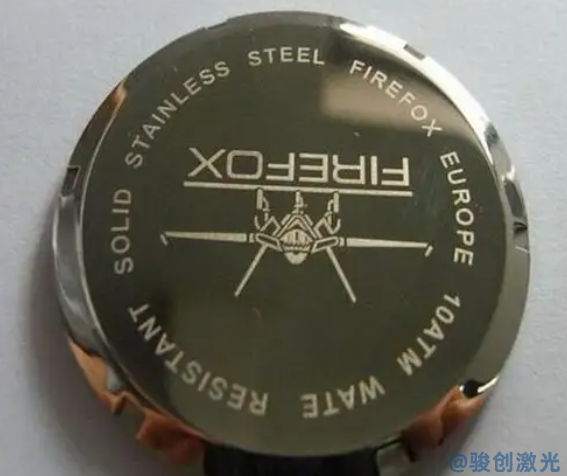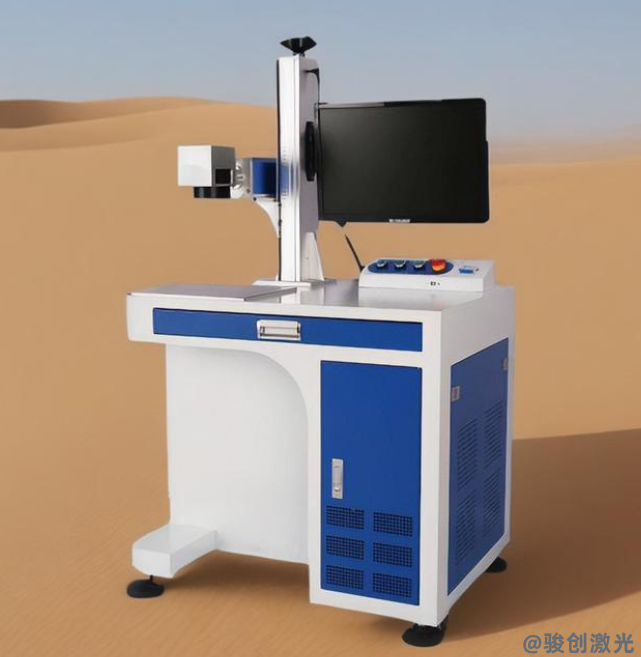Laser marking machines and laser processing are two important applications of laser technology in manufacturing. Each has its unique functions and advantages. Below is a detailed explanation of both:

Laser Marking Machine
A laser marking machine is primarily used for marking, engraving, and etching the surface of various materials. It uses a laser beam to perform high-precision, fast processing, creating permanent markings. Key features of laser marking machines include:
High Precision: Laser marking offers extremely high positioning accuracy, allowing fine details to be marked in small areas. It is commonly used for product serial numbers, logos, QR codes, production dates, and other information.
Wide Material Applicability: Laser marking machines can mark a variety of materials, including metals, plastics, ceramics, glass, and rubber. This makes them widely used in industries such as automotive, electronics, medical, tools, and consumer goods.
Non-contact Process: Laser marking does not require direct contact with the material, avoiding physical wear. The process produces no heat-affected zones, preserving the material’s integrity.
Environmentally Friendly: Laser marking is a clean process that does not involve chemical corrosion, producing minimal waste or pollution. It complies with modern environmental regulations.
Durability: The markings are usually permanent, resistant to wear and corrosion, making them ideal for applications where long-lasting identification and traceability are required.
Laser Processing
Laser processing refers to the use of laser technology to cut, weld, drill, engrave, melt, or harden materials. It is widely applied in many fields of manufacturing. Key features of laser processing include:
High-Precision Cutting and Welding: Laser cutting and welding provide very precise operations, enabling the processing of complex-shaped components, especially small parts and intricate contours.
Material Versatility: Laser processing can handle a variety of materials such as metals, plastics, wood, and glass. It is particularly effective in industries like automotive, aerospace, and precision electronics.
High Efficiency and Low Heat-Affected Zone: Laser processing is known for its high processing speed and the small heat-affected zone it produces during cutting or welding. This minimizes material distortion, cracking, and stress concentration, ensuring high-quality finished parts.
Fine Work and Microprocessing Capabilities: Laser processing can achieve micron-level precision, making it suitable for high-precision fields like electronics manufacturing and medical device production.
Flexibility: Laser processing allows for flexibility in adjusting parameters like laser power, wavelength, and pulse frequency to control the process, meeting various processing needs.

Differences Between Laser Marking and Laser Processing
- Purpose: Laser marking is primarily used for surface marking and decoration, while laser processing focuses on material removal, cutting, welding, etc., for deeper processing.
- Depth and Precision: Laser marking generally deals with shallow surface treatments and focuses on fine detailing, while laser processing usually involves greater depth and functional processing.
- Application Fields: Laser marking is widely used for identification, branding, and QR codes, while laser processing is used for cutting, welding, drilling, and other industrial applications.
Both laser marking and laser processing technologies are essential in modern manufacturing. Laser marking machines focus on high-precision surface marking, while laser processing performs deeper material processing, from simple cutting to complex component fabrication. The combination of both can significantly improve production efficiency and product quality.


